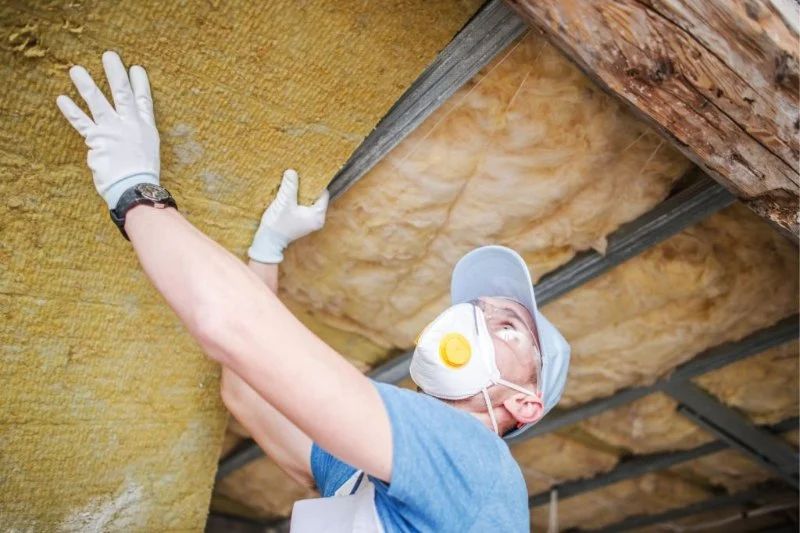
- Understanding-Roof-Insulation-and-Energy-Efficiency
- Cost-of-a-New-Roof-with-Insulation
- Materials-Used-for-Insulated-Roofs
- Long-Term-Savings-and-Benefits
- When-to-Choose-Insulation-for-Your-Roof
Understanding Roof Insulation and Energy Efficiency
When you’re considering a new roof for your home, adding insulation for energy efficiency can be one of the smartest investments you make. Roof insulation helps to regulate the temperature inside your home, reducing heating and cooling costs throughout the year. By preventing heat from escaping in the winter and blocking heat from entering in the summer, an insulated roof makes your home more comfortable and less reliant on HVAC systems.
In addition to comfort, roof insulation also plays a significant role in reducing energy consumption, which can lead to long-term savings on utility bills. As the demand for energy-efficient homes continues to rise, many homeowners are turning to roof upgrades that incorporate insulation as a way to enhance their home's overall energy performance.
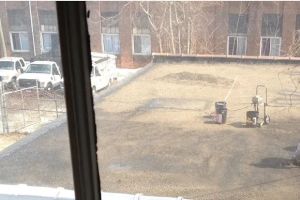
Colonial Roofing Co.
East HartfordCapitol Planning RegionConnecticut
38 William St, East Hartford, CT 06108, USA
Cost of a New Roof with Insulation
The cost of installing a new roof with added insulation varies depending on several factors, including the size of your home, the type of roof you choose, and the quality of insulation materials. On average, homeowners can expect to pay between $7,000 and $15,000 for a roof replacement with insulation included. While this may seem like a significant investment, the long-term benefits often outweigh the initial cost.
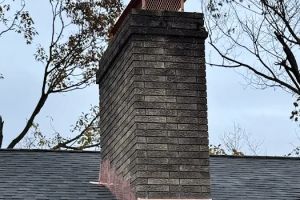
Crooked Ladder Roofing Dauphin County
HummelstownDauphin CountyPennsylvania
112 Jillian Wy, Hummelstown, PA 17036, USA
1. Factors That Affect the Cost
The cost of a new roof with insulation can depend on:
a. Roof Size and Complexity
The larger the roof and the more complex the design, the higher the cost will be. A simple, single-story home with a gable roof will cost less to insulate than a multi-story home with a more intricate design.
b. Type of Insulation
There are several types of insulation available for roofing, including fiberglass batt insulation, spray foam insulation, and rigid foam boards. The type of insulation you choose will impact both the cost and the effectiveness of the insulation. Spray foam, for example, is more expensive but offers superior energy efficiency compared to other materials.
c. Roof Material
The roofing material you select will also affect the overall price. Asphalt shingles are typically the most affordable option, while metal roofing, clay tiles, or slate can significantly increase the cost of both the roof and the insulation.
Materials Used for Insulated Roofs
When installing a new roof with added insulation, it’s essential to choose the right materials to ensure both durability and energy efficiency. Here are some of the most commonly used materials in energy-efficient roofing:
1. Fiberglass Insulation
Fiberglass is a popular and cost-effective choice for roof insulation. It’s relatively easy to install and provides good thermal resistance. Fiberglass batt insulation is placed between the rafters or under the roofing material to prevent heat transfer. While fiberglass is effective, it may not offer the highest R-value (a measure of insulation effectiveness) compared to other materials.
2. Spray Foam Insulation
Spray foam insulation is one of the most energy-efficient options available. It is applied as a liquid that expands to fill gaps and cracks, providing an airtight seal. Spray foam insulation is more expensive than fiberglass, but its superior ability to seal and insulate can lead to significant energy savings over time.
3. Rigid Foam Board Insulation
Rigid foam board insulation is another effective choice for insulating a roof. It provides excellent thermal resistance and is easy to install in large sections. Rigid foam board is often used in combination with other insulation materials for added energy efficiency. It’s also highly moisture-resistant, making it a good option for areas with high humidity.
Long-Term Savings and Benefits
One of the main reasons homeowners choose to install a new roof with insulation is the long-term savings it offers. While the initial investment may seem high, the benefits of energy efficiency are substantial:
1. Reduced Heating and Cooling Costs
By adding insulation to your roof, you can significantly reduce the amount of heat lost during the winter and the amount of heat entering your home during the summer. This can lead to lower energy bills, as your HVAC system won’t have to work as hard to maintain a comfortable temperature inside your home.
2. Improved Comfort
An insulated roof helps maintain a more consistent indoor temperature, reducing drafts and cold spots in the winter and keeping your home cooler during the summer. This can make your living space more comfortable throughout the year, especially in extreme climates like Canada’s.
3. Increased Home Value
Homes with energy-efficient features, including insulated roofs, often see an increase in value. Potential buyers are more likely to be interested in a home that has energy-efficient upgrades, as they can save on future utility costs. An insulated roof also enhances the curb appeal of your home, making it more attractive to prospective buyers.
4. Environmental Benefits
Installing a roof with added insulation reduces your home’s overall energy consumption, which contributes to a lower carbon footprint. As more homeowners focus on sustainability, this type of upgrade not only helps the environment but also aligns with the growing demand for eco-friendly homes.
When to Choose Insulation for Your Roof
Choosing to add insulation to your new roof is a wise decision if you want to maximize your home’s energy efficiency. However, there are certain scenarios where this investment is especially beneficial:
1. When You’re Replacing an Old Roof
If you’re already replacing your roof, it’s a perfect opportunity to add insulation. Doing both at once is more cost-effective than replacing the roof and adding insulation separately.
2. If You Live in a Cold Climate
If you live in a region with long, cold winters, adding insulation to your roof can make a significant difference in your home’s ability to retain heat. Canada’s harsh winters make this a particularly valuable upgrade for homeowners looking to reduce heating costs and improve comfort.
3. To Improve Energy Efficiency
If your current home is drafty or experiences temperature fluctuations, adding insulation to your roof can help maintain a stable indoor temperature. This is especially useful if your home has an older roof or inadequate insulation in the attic or ceilings.
For expert advice and the best roofing solutions, including roofing with added insulation, visit BeachCo Roofing Hub. We offer a range of products and services to meet your needs, ensuring you get the most energy-efficient and cost-effective roofing solution for your home.

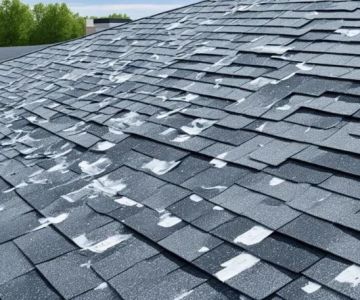

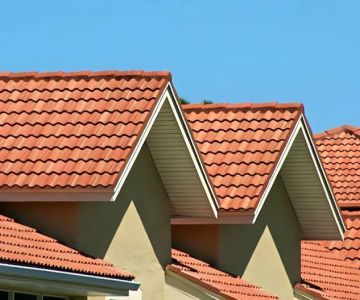
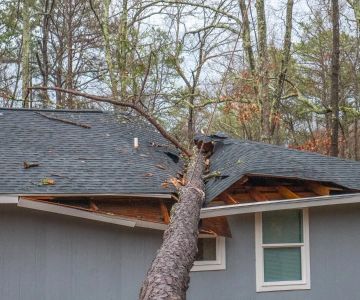

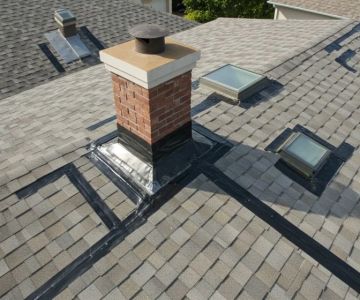
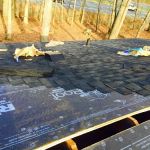 AMEN Advance MP Roofing Company4.0 (27 reviews)
AMEN Advance MP Roofing Company4.0 (27 reviews) JEL Home Improvements Inc5.0 (23 reviews)
JEL Home Improvements Inc5.0 (23 reviews) Firefox The Roofing Pro4.0 (29 reviews)
Firefox The Roofing Pro4.0 (29 reviews) RMG Roofing Contractors3.0 (4 reviews)
RMG Roofing Contractors3.0 (4 reviews) Ally Roofing LLC4.0 (106 reviews)
Ally Roofing LLC4.0 (106 reviews) Crown Contracting5.0 (6 reviews)
Crown Contracting5.0 (6 reviews)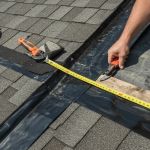 How to Install Roof Flashing on a Complex Roof with Multiple Pitches
How to Install Roof Flashing on a Complex Roof with Multiple Pitches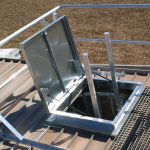 How to Install a Roof Access Hatch for Easy Attic Entry – Step-by-Step Guide
How to Install a Roof Access Hatch for Easy Attic Entry – Step-by-Step Guide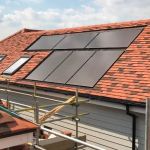 The Cost of a New Roof with Integrated Solar Readiness Features
The Cost of a New Roof with Integrated Solar Readiness Features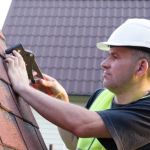 Common Roofing Scams and How to Avoid Them: High-Pressure Sales and Free Inspections
Common Roofing Scams and How to Avoid Them: High-Pressure Sales and Free Inspections How to Identify and Repair Roof Damage from Long-Term Shade and Moisture
How to Identify and Repair Roof Damage from Long-Term Shade and Moisture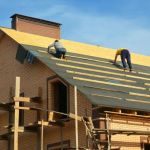 What is a Roof Deck and How to Repair or Reinforce It
What is a Roof Deck and How to Repair or Reinforce It